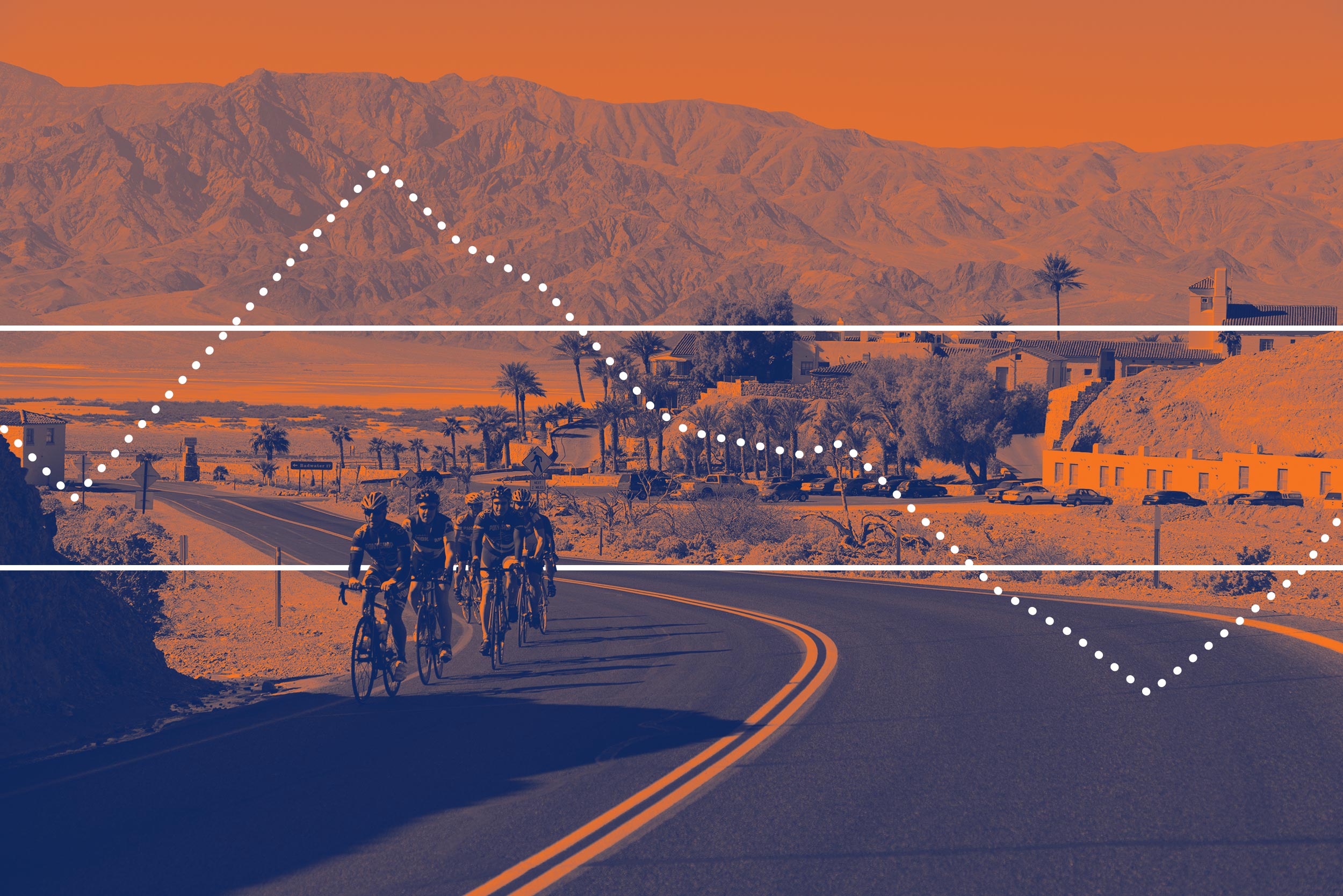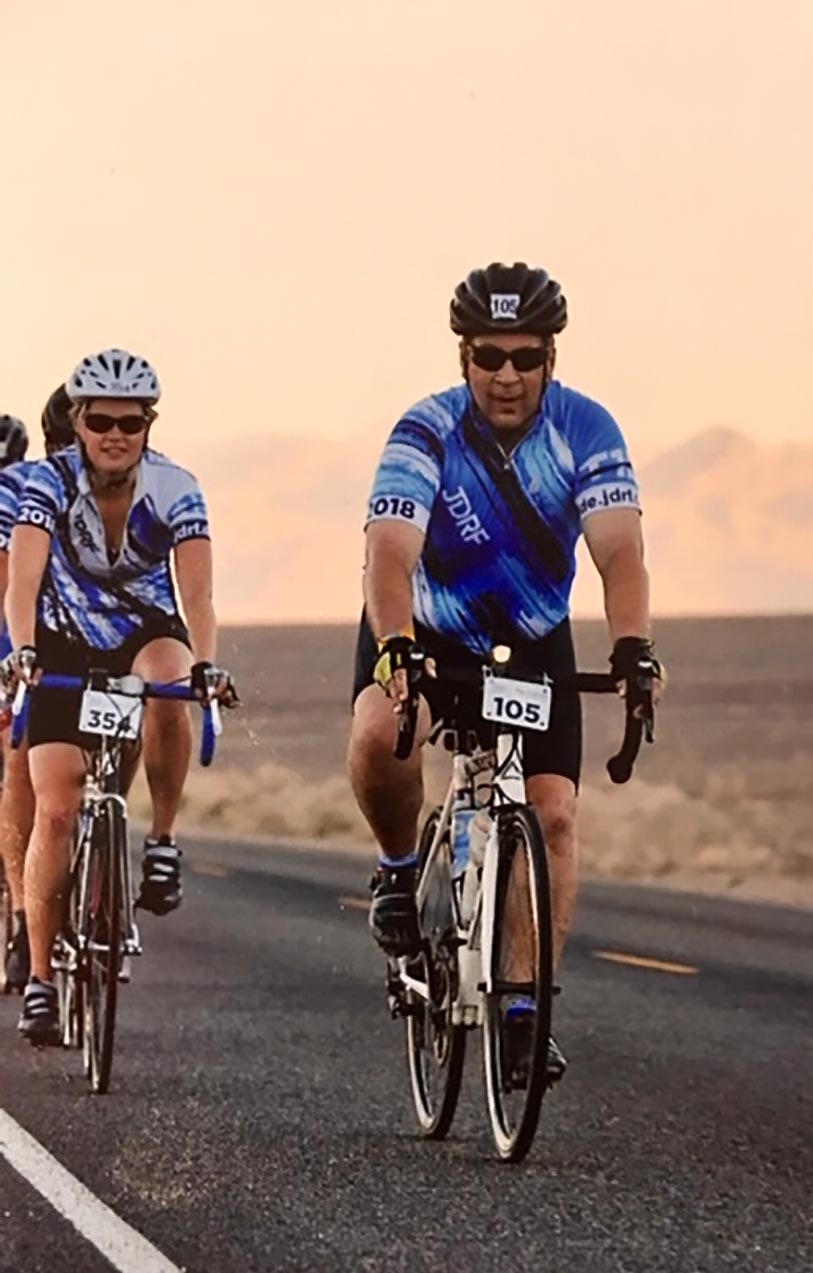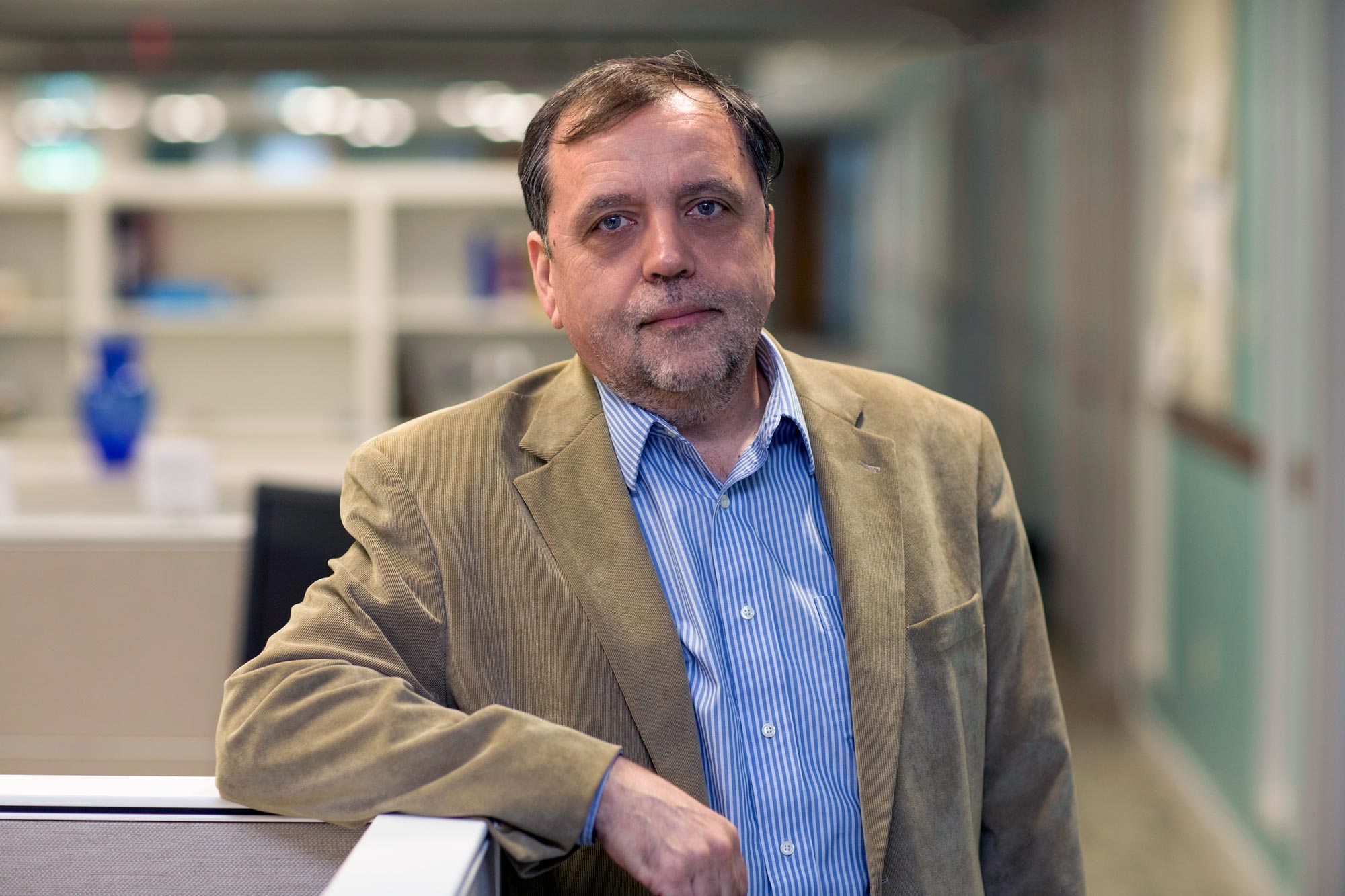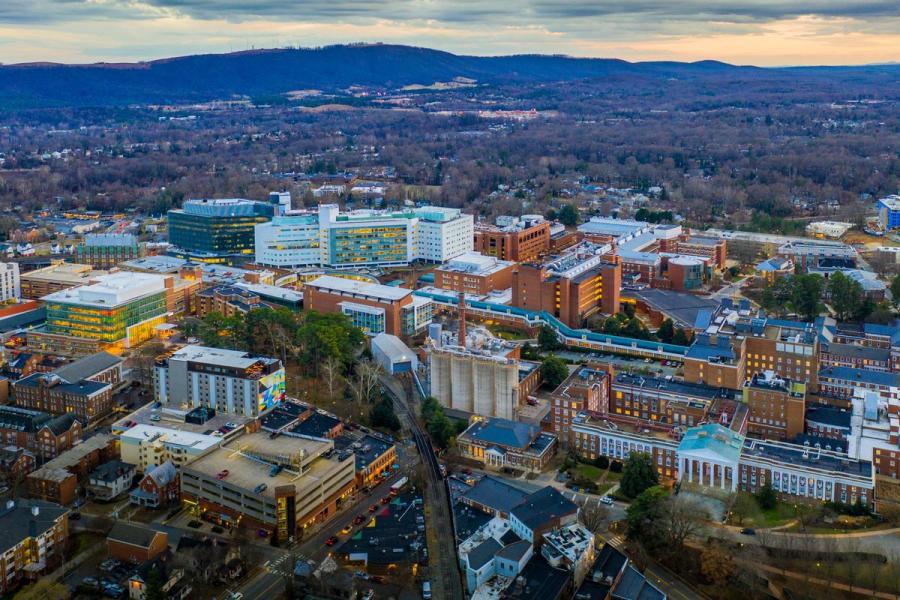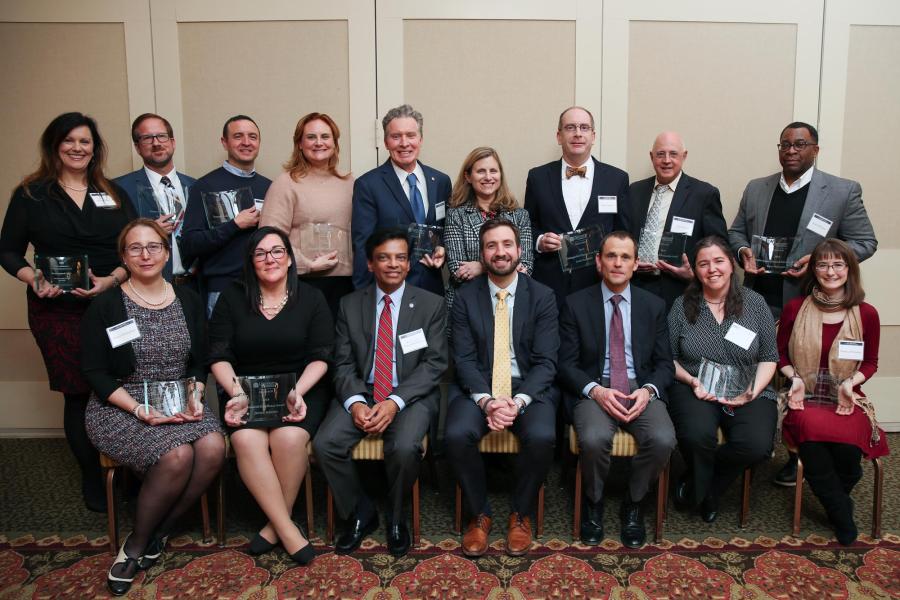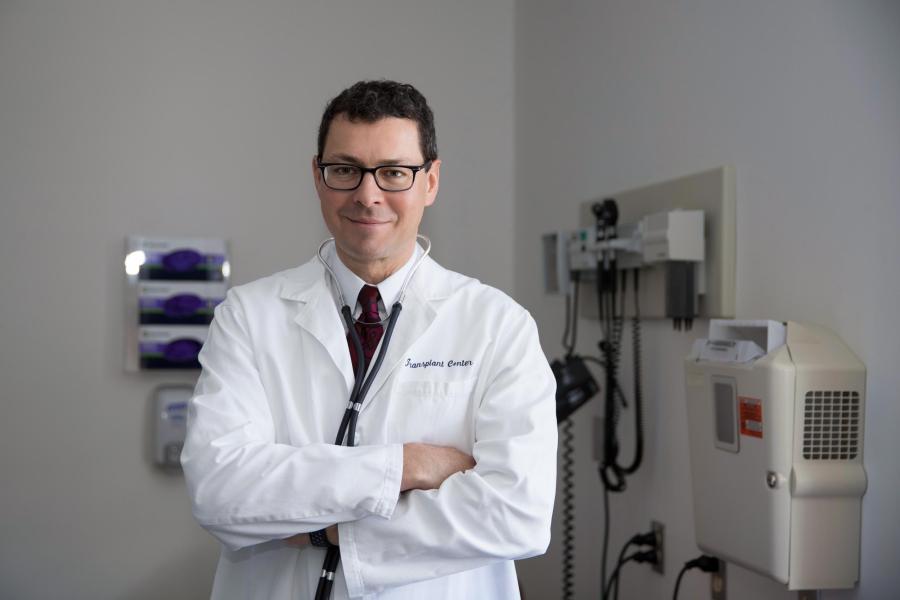Users no longer need to worry about checking insulin levels by fingerstick and blood testing, then correcting them with manual injections or by manually directing a pump, as many patients do today. A smartphone app provides data, charts and other information.
One goal is to bring users’ A1C levels – a measure of blood glucose – to at or below 7%, as recommended by the American Diabetes Association for those with Type 1 diabetes. Anderson, who can remember the exact date he was diagnosed with diabetes – May 4, 1998 – said his new pump has brought him closer than ever to that magic number.
“When I checked into the trial, I had an A1C of 8.2,” he said. “Thanks to this new technology, I am at about 6.9 right now. It’s the first time I have been at 6.9 in several years, and I give all credit to this technology, which handles my day-to-day insulin dosing that I might not be able to do as well.”
Clinical trial results prove that Anderson’s experience is not unique. The latest study, published in October in the New England Journal of Medicine and referred to the FDA, showed that users increased time in their target blood glucose range by an average of 2.6 hours per day.
“That can be tied to lower risk of diabetes outcomes like kidney disease, eye disease and other risks,” said Dr. Sue A. Brown, a UVA endocrinologist who ran the clinical trials and was a co-author of the study with Kovatchev and Dr. Roy Beck from the Jaeb Center for Health Research in Tampa, Florida.
It also means 2.6 fewer hours of worry and mathematics per day, Anderson said.
“It brings so much peace of mind, not having to spend every second worrying if you are too high or too low, if you ate too much or too little, if you didn’t give enough insulin or gave too much,” he said.
Patients’ level of trust in the system was consistently high, Brown said, particularly during the overnight hours where blood glucose levels can spike or drop while someone is asleep and unable to administer injections. The artificial pancreas system, because it is automatically regulated, greatly reduces that concern for patients, caregivers and parents of young children with Type I diabetes.
“The system was incredibly consistent at getting good glucose levels overnight,” Brown said. “Participants woke up in the target range 90% of the time, which helps everyone start their day well.”
Both Anderson and Brown said the relationships fostered through the clinical trials have been especially rewarding.
“The support and the relationships I have found at UVA, with the doctors, the nurses and the whole UVA team, have just been great from the beginning,” said Anderson, who has participated in UVA clinical trials since 2010. Brown, who gets to see patients’ reactions as they experience the technology and the relief it brings, put it simply.
“I have the best job in the world,” she said.
The Next Ride
Now that the artificial pancreas system has FDA approval, Kovatchev, Brown and other UVA researchers are setting their sights on what Kovatchev called “the next generation of improvements using the power of new data science methods,” in collaboration with UVA’s new School of Data Science. They hope to continue testing and tweaking the system, and to use what they have learned to expand treatment for patients with Type 2 diabetes, who produce insulin but often do not produce enough.
Brown also hopes to further examine how the system affects and improves sleep quality, and to conduct studies specifically focused on young children and older adults.
As for Anderson, he is already looking forward to his next ride, to automated blood sugar control, and to life with fewer complications from his diabetes.
“The FDA approval was just so exciting, and this technology is such a big step forward for all of us,” he said. “Hopefully it leads to more and more improvements and, eventually, a medical cure.”
